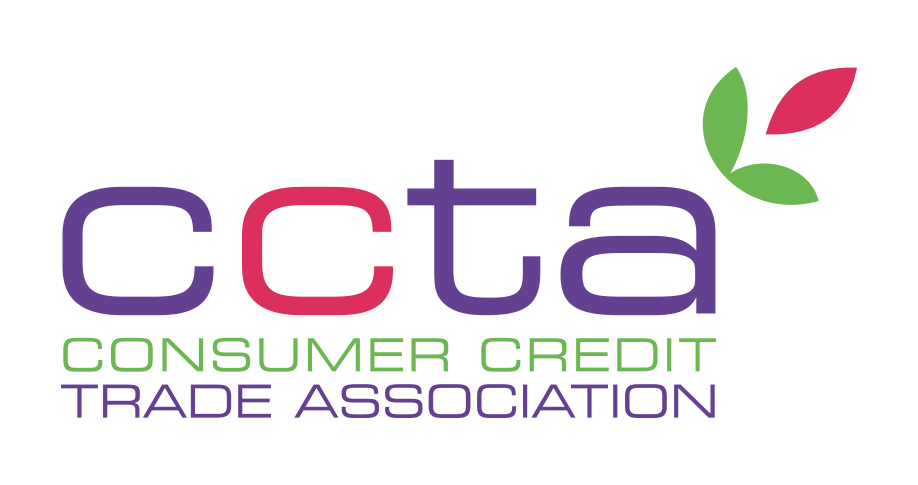All the questions you have about overdrafts: Answered.
We all know how it feels when money gets tight at the end of the month, so a buffer on your finances can be a welcome comfort. But understanding overdrafts can be a tricky business. With so many to choose from, it’s difficult to decipher which overdraft is the best for you.

What is an overdraft?
An overdraft is simply when your bank balance goes below zero. It means you have withdrawn more money than you have and you now owe the bank.
If you haven’t opted to have an overdraft then going below zero will accrue an extra charge on top of the exceeded balance. However, you can make a prior agreement with the bank and agree a limit that you can spend up to. This is usually accompanied by an interest rate that’ll you need to pay.
If the negative balance goes over the agreed limit, then your interest rates may go up and additional charges will be added to your account.
How does an overdraft work?
An overdraft is essentially a lend and pay back system with the bank. It allows you to borrow money briefly through your current account. You are often given a warning by your bank if you go over, helping you to avoid additional charges.
There are two types of overdraft –
- Authorised overdraftsArranged at the time of setting up your account, you agree a spending cap with your bank and can spend money up to a set limit. If you go over that limit then additional charges may apply.
- Unauthorised overdraftsThis happens when you spend more money than you have in your account, without agreeing to it beforehand. You will need to pay additional charges when you go over your bank balance like this.
Your account might already offer you the option of an overdraft, or you can request an overdraft to be added to your account at a later date.
How can you apply for an overdraft?
Applying for an overdraft varies depending on which bank you are with. However, applying is usually straightforward.
You can visit your local branch and speak with an advisor, who will add an overdraft to your account, if you are eligible. Or you can contact your bank over the phone and set up an overdraft that way.
Student overdrafts are different and you must go into your branch to show proof of being a student. Your University will usually have a service that provides you with written proof of you attending their establishment. The bank will then assess your application and apply an overdraft to your account, if you are eligible.
What is an overdraft interest charge?
An overdraft interest charge should be agreed upon when you apply for the overdraft with your bank. Banks will charge a nominal fee per overdraft and an interest fee may be applied to the outstanding balance.
With regular bank overdrafts, they often won’t offer ‘interest-free overdrafts’. However, student overdrafts are usually interest-free. Upon your graduation, your bank will give you an allotted time to repay the money you have borrowed before adding interest to your account.
Unauthorised overdrafts come with a variety of charges after you have spent more than the money you have in your bank account:
- Transaction chargeCan be £10 to £25 for each cash withdrawal, Direct Debit, standing order, card or cheque payment that is made.
- Daily chargeThis is dependent on the bank you are with. A charge, usually between £1-10, can be applied to your account per day. Usually a limit is applied so unfair charges aren’t accrued.
- Monthly chargeA charge applied per month. This is also dependent on the bank you are with.
How and when do I pay off my overdraft?
You can pay off parts of your overdraft by calling the bank and cutting off a part of your overdraft limit. If you have savings, you could also use them to pay off your overdraft.
Why not budget to cut off £50-£100 over your overdraft monthly? That way your overdraft will be whittled down to nothing in no time!
Once your overdraft is zero, ring the bank and cut it off – that way you won’t have to worry about being over your limit again.
What’s the difference between a bank overdraft and a student overdraft?
There are some similarities and differences between bank and student overdrafts:
Bank overdrafts:
- Agreed upon interest rate at time of setting up overdraft.
- The bank can cancel at any time.
- You’ll be charged if you go over your limit.
- You can choose to pay back amounts of your overdraft whenever you like.
Student overdrafts:
- No interest rates unless you go over your agreed limit.
- The bank can cancel your overdraft at any time, although this is unlikely with a student account.
- You’ll be charged if you go over your limit.
- You have a period of time once you have finished studying to get out of your student overdraft, usually two years
- You can choose to pay back amounts of your overdraft whenever you like
Overdrafts can be a great way for students and full-time workers to allow themselves a buffer for those harder months. But don’t get an overdraft without a plan to pay it back. Keep an eye out for those hefty interest rates and additional charges.
Ultimately, don’t go into your overdraft unless you really need to. If you need any help or advice on overdrafts, get in touch with your bank to get sound professional advice on overdraft packages and the best one to suit your situation.

